Conflict Management: The Art and Science
Length:
In-person classes – 2 days / Virtual (Live online) and Anytime Learning – 4 sessions
Overview:
Conflict is inevitable and the potential for conflict in projects is unusually high because projects involve stakeholders from different backgrounds, experiences and work orientations all coming together to work on a project. The causes of conflict in projects are often related to differences in values, attitudes, needs, expectations, perceptions, resources, and personalities. Improving skills in dealing with conflict can assist project managers and business analysts to handle and effectively resolve these conflicts leading to more productive projects.
Participants will develop techniques to efficiently and effectively manage conflict. This course explores conflict management within the context of projects and other work environments. It covers the understanding of conflict and conflict management, conflict management styles, and how to use MAI2Framework and negotiation as a means to conflict resolution. Participants will also learn to leverage their current competencies in conflict management and gain insight into how to better manage themselves, their emotions, and their relationships with others in order to be prepared for complex and difficult conflict situations.
A TKI Assessment, role plays and other practical and engaging exercises will help the participants walk through the concepts presented and will have ample practice sessions to learn the techniques covered in this course.
Pre-requisites: None
Skill Level: Basic
Audience:
This course is for anyone who finds themselves needing to manage conflict in the workplace.
CEUs: 1.4 ($75.00)
Format:
To help assimilate the tools and techniques learned, there is a mixture of individual and team exercises throughout the course. Lively role-plays will help reinforce the concepts learned. Students can expect a high-level of participation. Each student will receive a comprehensive student manual with supporting handouts.
Content:
Welcome & Introductions
Conflict Overview
- Conflict and conflict management defined
- Benefits and downsides of conflict
- Exercise: Identify what people bring to the conflict
- Areas of conflict /causes of conflict
- Personal baggage that impacts conflict
- Exercise: Identify our core values
- Types of power
- Exercise: Identify the power we use in conflicts
- What we can and cannot control in conflict
- Exercise: Identify our role in the conflict
- Conflict management approaches
Conflict Management Styles
- Identify the five conflict management styles
- Exercise: Identify the conflict management style we use most
- How we choose a conflict management style
- Exercise: Thomas-Kilmann Conflict Mode Assessment
- Review the five types of conflict; what are they and when to use each
- Compete (control)
- Collaborate (problem solving)
- Compromise
- Avoid
- Accommodate
- Exercise: Identify the conflict management styles used in a scenario
- Exercise: Practice using the various conflict management styles
MAI2 Framework
- Exercise: Dialog part 1 – what would you do?
- MAI2 Framework overview
- Mental models overview
- Exercise: Mental model identification
- Advocate overview
- Exercise: Telling our story
- Inquire overview
- Exercise: Listening exercise
- Advocacy and Inquiry Tips
- Exercise: Identify and analyze dialog part 2
- Integrate overview
- Exercise: Identify and analyze dialog part 3
- Benefits of MAI2 Framework
- Exercise: Practice using MAI2 Framework as a conflict management technique
Managing your Emotions
- Emotion defined
- Positive and negative emotions
- Warning signs of high emotinons
- Tips on dealing with our emotions
- Overcoming the amygdala hijack
- Exercise: Identify your personal hot buttons
- Ways to cool down during conflict
- Exercise: Practice centering
- Ways to cool down after conflict
- Exercise: Identify you own cooling down techniques
Negotiation as technique to conflict resolution
- Negotiation context / defined
- Exercise: Practice negotiation round 1
- Critical elements in negotiation
- Prepare for negotiation
- Prepping elements
- Exercise: Create your BATNA
- Framing the issue
- Exercise: Practice framing the issue
- Prepare your mindset
- During negotiation
- Separate people from the problem
- Position vs. interests
- Generate options for mutual gain
- Developing objective criteria
- Negotiation process overview
- Exercise: Practice negotiating round 2
- Exercise: Practice negotiation round 3
Dealing with difficult people situations
- Conflict and difficult people situations
- Exercise: Dealing with difficult people situations
- Tips for preventing conflict
- When to see a 3rd party facilitator
- Conflict and personality differences
- Stress and conflict
- Exercise: Identify stressors and responses of the different personality types
- Overcoming shadow negotiation
- Five common counter moves to overcome shadow negotiation
- Exercise: Changing the shadow negotiation moves
Action Planning
- Create a plan of action for improving your conflict management skills
APPENDIX
- Answers to exercise and additional tips
HANDOUTS
- Conflict Management Styles Comparison
- MAI2 Framework Role Play instructions & Worksheets
- MAI2 Framework Role Play scenarios
- Negotiation Instructions & Worksheets
- Personal conflict mgmt. profile & action plan
- Stress Signals & Resolution
This outline is subject to change.
